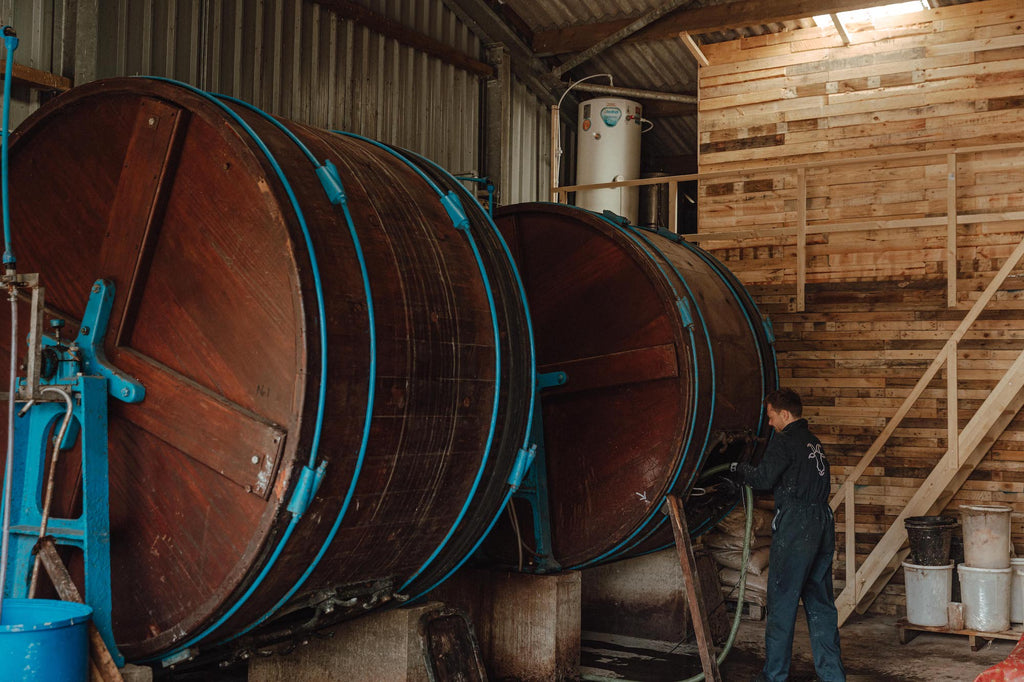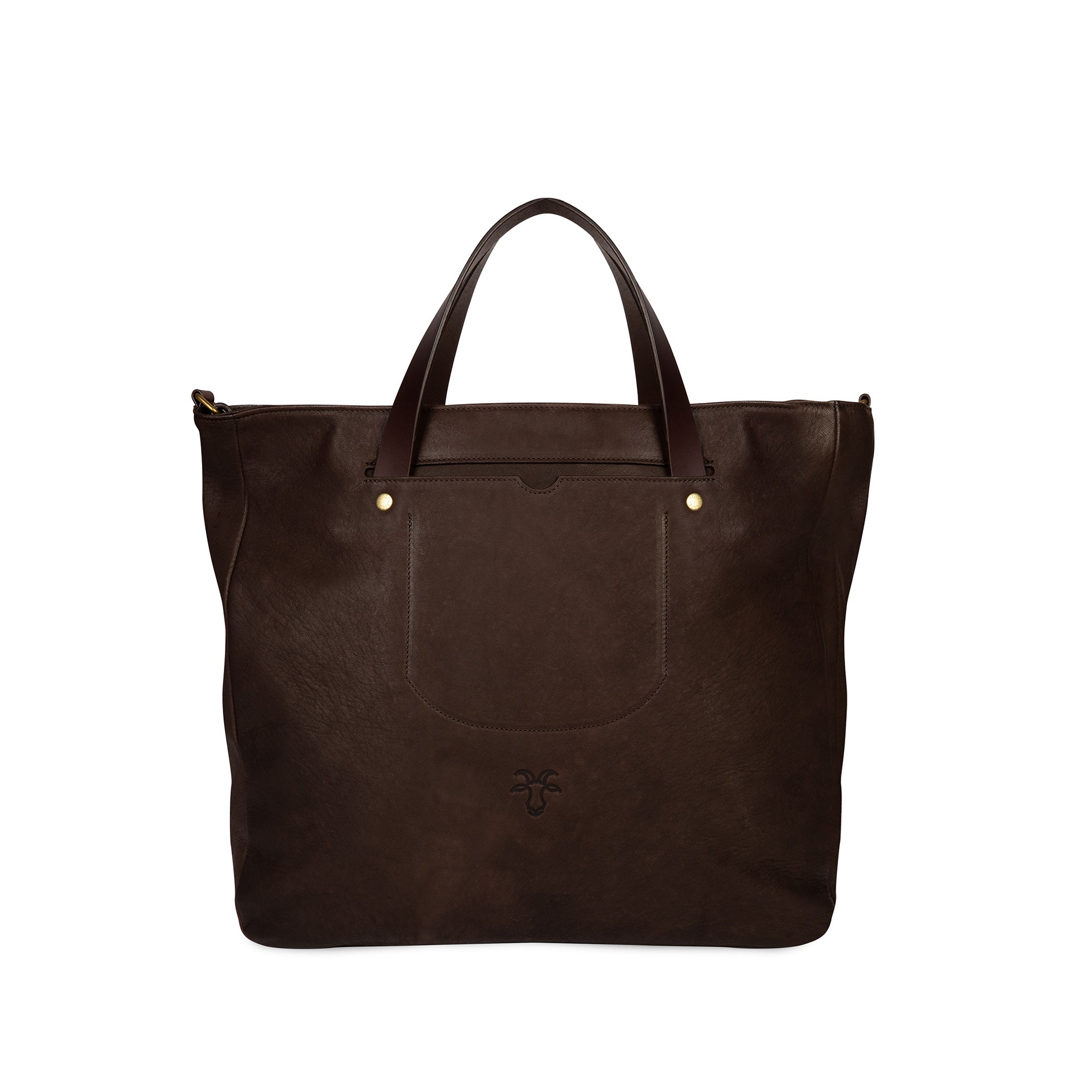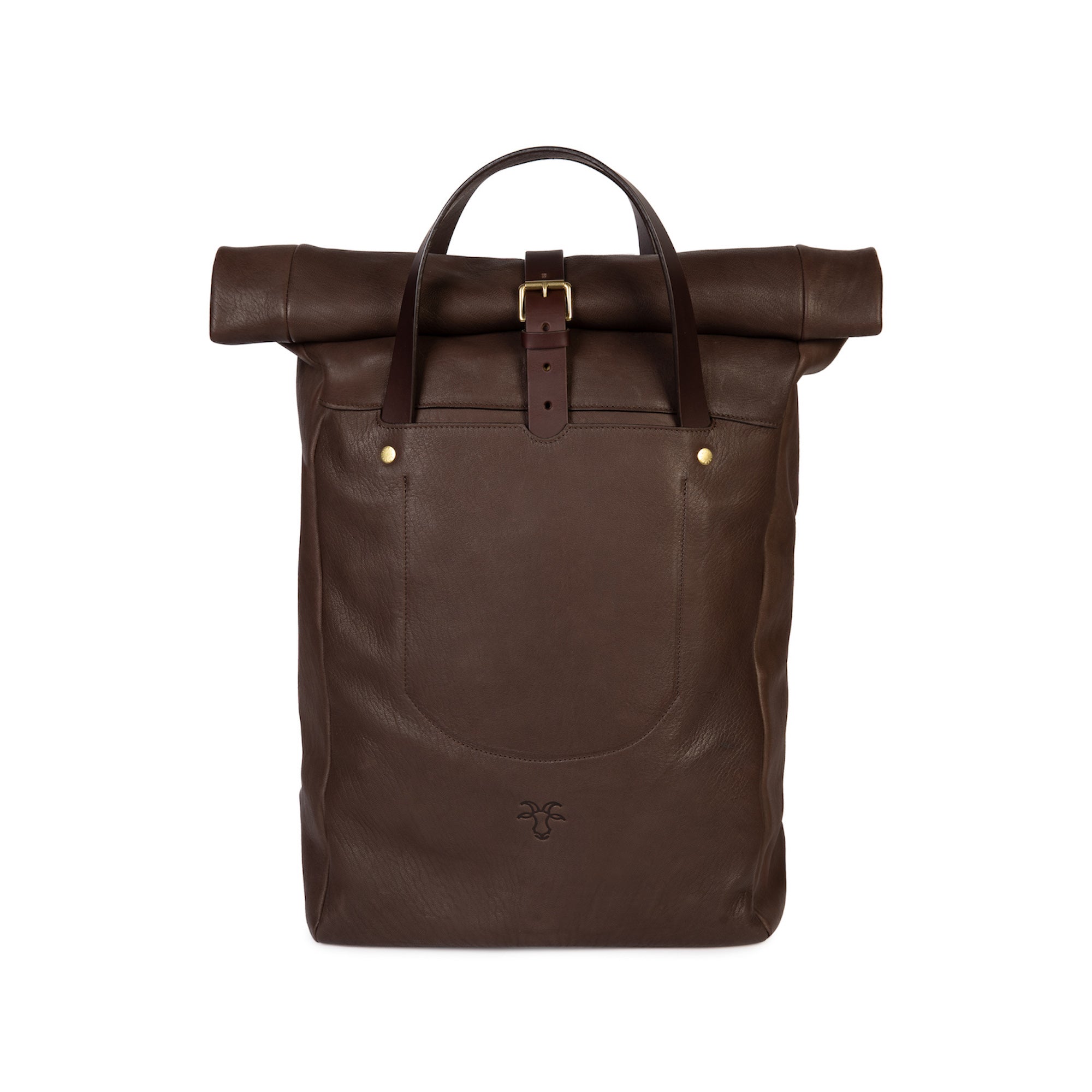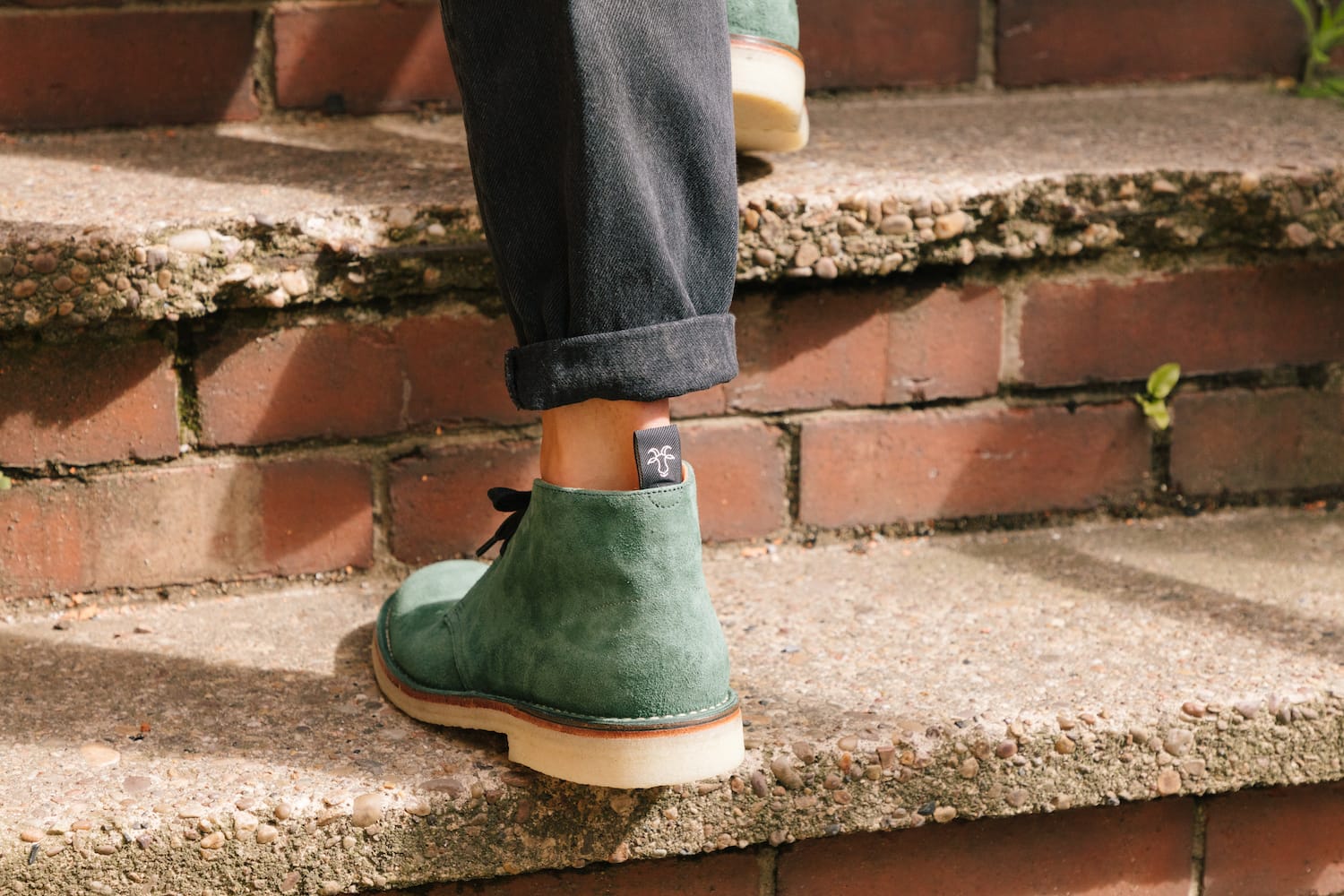Renowned for his deeply thought-out approach to British woodlands and furniture design, Sebastian Cox has always been a huge inspiration for us at Billy Tannery. So when Seb got in touch to find out more about our tannery and whether we might be able to help with a new “Wild Leather” project, we jumped in with both feet.

The vision was to develop a new regenerative approach to leather for furniture. Unlike most leather for interiors projects which is heavily processed to ensure uniformity, Seb wanted these hides to be as natural as possible - leather with as many natural markings and bramble scratches as there are knots in one of his wooden dining tables.
Regenerative British leather
The process started with a handful of hides from English Longhorn cattle that are grazed on the untamed scrublands of the Lake District by The Horned Beef Company. These cows have been left to browse their natural fodder - grass, brambles, trees and wildflowers - and in turn their dung has been allowed to feed the soil. All of this means that the cattle play an essential role in rebuilding habitats with land that absorbs carbon through grazing. A million miles from the industrially reared cattle from which most leather is derived.

To do the hides justice we had to develop a new variation of the low-impact tanning process that we use for our goat leather. Making the most of the two wooden drums in our farm-based microtannery in Leicestershire and with the help of our advisor and leading leather expert Karl Flowers, the hides were tanned over a week using Mimosa bark. Not only is this vegetable tanning agent incredibly efficient, but it’s also recycled from batch to batch meaning that we use around 90% less water than if we operated like most tanneries. Any waste water that we do create is treated onsite and then used to irrigate our surrounding grassland. In turn promoting healthy grass growth and feeding the farm’s livestock. A truly circular system that we believe is the future of British leather.

The Wild Leather Lounge Chair & Magazine Rack
It was a real breath of fresh air when Seb told us that rather than the usual process of designing the items and allowing that to dictate the leather, he wanted to see how the leather turned out first and then start design. This is the same approach that we take with our own leather products as it leads to a much more honest end result that lets the leather speak for itself.

The final pieces, a beautiful lounge chair and magazine rack, were made by the Sebastian Cox team in Greenwich and use British oak and elm as a frame for the leather to really shine. It was a real privilege to spend the day in the workshop and even get involved as the pieces came together. You can see both pieces until 26th September at 14 Cavendish as part of Sebastian Cox’s Native Regenerative show at London Design Festival 2021.
A new future for British materials
There are also some interesting parallels between the origins of Billy Tannery and Sebastian Cox. Rather than importing wood from abroad like 90% of the UK furniture trade, Seb wanted to find a way to make use of the incredible natural resource that British woodlands are - especially when managed regeneratively. Much like us having to build our own tannery to make use of the thousands of goatskins going to waste each year, Seb needed his own wood mill to get his hands on the right type of wood. Make sure to follow Sebastian Cox on Instagram to get an insight into their inspiring projects.
This has been a fascinating project and we’ve really enjoyed getting to know Seb and his team and dream about leather’s role in a wider regenerative design movement. Look out for more on this theme as we plot the future of Billy Tannery in goat leather and beyond and if you are new here please do sign-up to our email list at the bottom of this page to hear more from us.
“Leather is not just a co-product that’s nice to use, with the right farmers, tanners and consumer attitude it can be reiterative and biodiversity-boosting material, sequestering carbon and part of a waste-avoiding circular economy. Animal skin has been part of our material culture for millennia and can continue to be if we produce it correctly.”

Further reading
sebastiancox.co.uk
thehornedbeefcompany.com
Native Regenerative at LDF 2021
Hole & Corner: From Fungus To Furniture


































